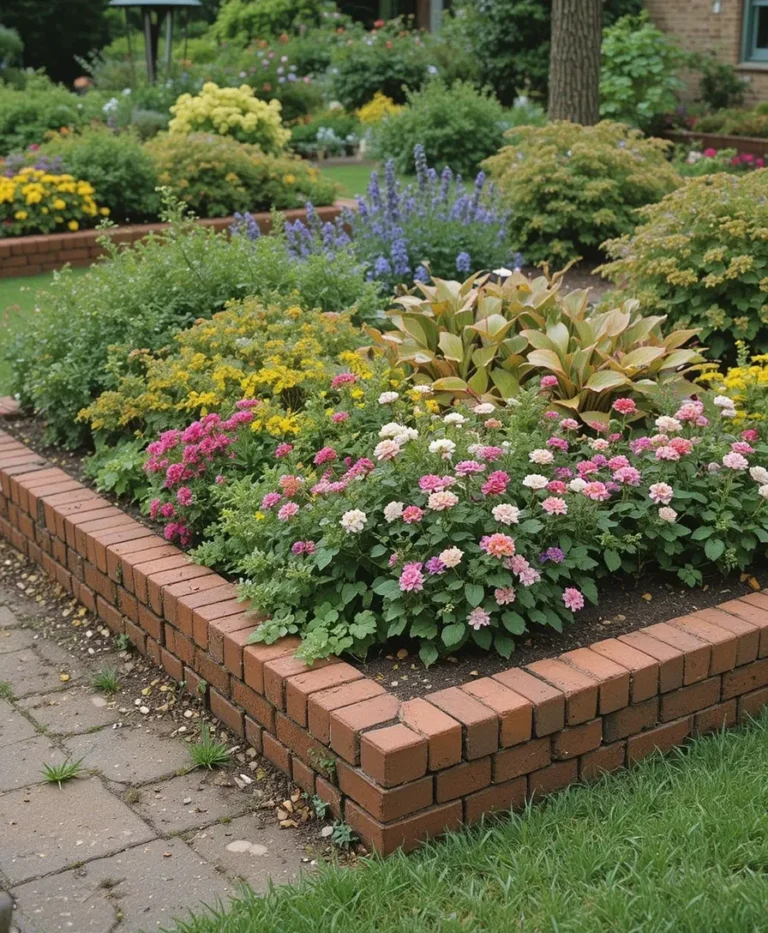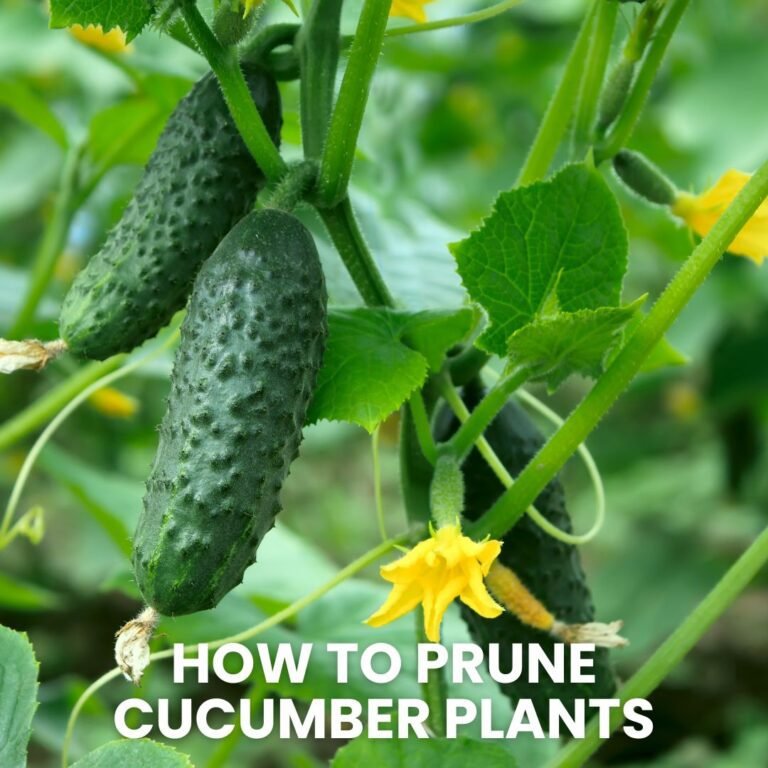How to Prune Tulips for Healthier Blooms and Long-Lasting Beauty
Tulips are one of the most popular spring flowers, adored for their vibrant colors and elegant shape.
While they require minimal maintenance, proper pruning is essential to ensure strong growth, prevent disease, and encourage bulbs to bloom beautifully year after year.
In this guide, I’ll walk you through how and when to prune tulips effectively for maximum impact.

🌿 Why Pruning Tulips is Important
Pruning tulips isn’t just about aesthetics. It prevents disease, promotes healthy bulbs, and encourages stronger blooms in the following season.
Removing spent flowers and old foliage allows the plant to direct energy back into the bulbs rather than seed production.
Proper pruning also keeps your garden looking neat and ensures each tulip has enough sunlight and air circulation to thrive.
✂️ Best Time to Prune Tulips
The timing of tulip pruning is key. Wait until the flowers have completely faded before removing them.
Avoid cutting the foliage too early, as the leaves help store energy in the bulbs for next year’s growth.
Typically, pruning is done 2 to 3 weeks after blooming, once leaves have turned yellow and started to wilt naturally.
🪴 Tools Needed for Tulip Pruning
Using the right tools makes pruning safe and efficient:
-
Sharp garden scissors or shears to make clean cuts.
-
Gloves to protect your hands, especially when handling bulbs.
-
Disinfectant or rubbing alcohol to clean tools and prevent spreading disease.
🌱 Step-by-Step Guide to Pruning Tulips
1. Deadhead Spent Flowers
Once the tulip blooms fade, carefully snip off the flower heads to prevent the plant from producing seeds. This ensures all energy goes back into the bulb for next season’s growth.
2. Leave the Foliage Until Yellowing
The green leaves of tulips continue photosynthesis, storing nutrients in the bulb. Avoid cutting them too early, as it can weaken next year’s flowers.
3. Trim Yellowed or Damaged Leaves
Once the foliage naturally yellows and dies back, you can remove it by cutting close to the soil. This prevents disease and keeps the garden tidy.
4. Remove Weak or Crowded Stems
If multiple tulips are crowded, thin them out by removing weaker or damaged stems. This allows the stronger bulbs to flourish and bloom better next spring.
5. Divide Overgrown Bulbs
Every few years, tulip bulbs can become overcrowded. Dig them up after pruning and separate them for replanting. This helps maintain vigorous growth and larger flowers.
🌸 Seasonal Pruning Tips
Spring: Focus on deadheading spent flowers while keeping foliage intact. Avoid cutting leaves too early to ensure strong energy storage.
Summer: Remove yellowed leaves and plan for bulb division if needed. Store bulbs safely if you live in areas with extreme heat.
Fall: Replant bulbs in well-draining soil to prepare for the next spring bloom. Light pruning isn’t needed at this stage, but check for damaged bulbs.
Winter: Tulips remain dormant, so pruning isn’t necessary. Just protect bulbs from frost or heavy snow.
💡 Common Mistakes to Avoid
Cutting Leaves Too Early: This prevents proper energy storage in bulbs and can weaken next year’s flowers.
Ignoring Dead Flowers: Leaving spent blooms can result in weaker bulbs as energy is diverted to seed production.
Using Dirty Tools: Unclean scissors can spread fungal infections or disease between plants.
Overcrowding Bulbs: Not thinning tulips can cause smaller flowers and poor air circulation, increasing disease risk.
🪴 Caring for Tulips After Pruning
After pruning, water the tulips lightly to help them recover. Apply a balanced fertilizer to support bulb growth.
Ensure bulbs have well-draining soil and full sun exposure to thrive. Regularly check for pests such as aphids or slugs that can damage bulbs and stems.
🌟 Advanced Tips for Garden Enthusiasts
For optimal results, consider staggered pruning by removing blooms and foliage in phases.
Some gardeners lightly pinch tips of early blooms to encourage fuller flowers later.
You can also combine tulip pruning with companion planting, keeping nearby perennials healthy and reducing overcrowding. Proper rotation of bulbs each year ensures larger, more vibrant blooms in the long term.
🌸 Final Thoughts
Pruning tulips may seem simple, but timing and technique make all the difference.
By deadheading spent flowers, leaving foliage until it naturally yellows, and caring for bulbs properly, you can enjoy healthier, more colorful tulips year after year.
Thoughtful pruning protects your bulbs, encourages stronger blooms, and keeps your garden looking beautiful throughout the spring season.
Start pruning correctly, and your tulips will reward you with stunning, long-lasting flowers.






